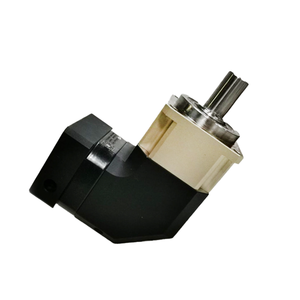Eliminating the odor of equipment oil from a cleaning maker requires an organized strategy to resolve both the source of contamination and residual smells. Gear oil, commonly presented due to a malfunctioning transmission system, seals, or electric motor parts, can penetrate rubber gaskets, plastic parts, and interior drum surfaces. The solid, persistent smell emerges from the oil’s chemical composition, that includes sulfur compounds and additives. As a mechanical engineer, solving this issue involves mechanical disassembly, targeted cleaning, and precautionary maintenance. Below is an expert guide to remove equipment oil odor properly.
(how to get the smell of gear oil out of washing machine)
** Determine the Source of Contamination **.
Begin by evaluating the cleaning maker to find the origin of the equipment oil leak. Common resources consist of worn transmission seals, broken motor housings, or degraded gaskets. If the device has recently been serviced, inappropriate reassembly of parts might likewise cause leakages. Inspect the drum, agitator, and drain system for visible oil residue. Utilize a flashlight to analyze hidden locations, such as underneath the tub or around the electric motor. File searchings for to direct fixings and cleansing.
** Security Precautions **.
Detach the washing machine from the power supply and turned off the water inlet shutoff. Put on nitrile handwear covers and security goggles to prevent straight contact with oil deposits, which might consist of toxic irritants. Make certain sufficient ventilation in the office to prevent breathing of fumes throughout cleaning.
** Mechanical Cleansing of Elements **.
1. ** Take Apart Affected Parts **: Eliminate the washing maker’s front or leading panel (relying on the version) to access interior parts. Remove the transmission system, motor, and any oil-coated components. Soak metal elements in a degreaser service (e.g., citrus-based solvents or commercial detergents) for 30– 60 mins. Scrub with a nylon brush to dislodge persistent down payments.
2. ** Tidy the Drum and Bathtub **: Wipe the stainless steel drum and plastic tub with a microfiber cloth soaked in isopropyl alcohol or meal soap diluted in warm water. Avoid unpleasant pads that can scratch surface areas. For hard-to-reach locations, make use of a spray bottle to use the cleansing service and wash completely with a moist fabric.
3. ** Address Rubber Seals and Hose Pipes **: Gear oil typically holds on to rubber door gaskets and drain hose pipes. Use a paste of cooking soft drink and water to these elements, scrub carefully, and rinse. For extreme contamination, replace damaged seals completely.
** Odor Neutralization **.
After getting rid of noticeable oil, recurring odors may linger. Use enzymatic cleansers made for natural failure, as they reduce the effects of sulfur substances without damaging machine parts. Pour 1– 2 cups of chemical cleaner right into the detergent tray and run a warm water cycle (60 ° C or higher) without washing. Conversely, mix white vinegar and water in a 1:1 ratio and run a rinse cycle to dissolve oily deposits. Avoid chlorine bleach, as it can respond with oil remnants and aggravate smells.
** Post-Cleaning Assessment and Testing **.
Reassemble the maker and reconnect utilities. Run an empty wash cycle using hot water to verify smell removal. If the odor continues, repeat the chemical cleansing process or check for forgotten contamination points. Replace any kind of endangered parts, such as cracked transmission housings or worn bearings, to prevent future leaks.
** Preventive Measures **.
1. ** Routine Maintenance **: Set up quarterly assessments of seals, gaskets, and transmission systems. Lube moving get rid of manufacturer-approved oils to reduce friction and wear.
2. ** Use High-Quality Detergents **: Low-quality detergents leave deposits that trap odors. Choose high-efficiency (HE) detergents to preserve cleanliness.
3. ** Screen Equipment Efficiency **: Uncommon sounds or resonances during spin cycles might show mechanical anxiety, which can lead to oil leakages. Address these problems without delay.
** Final thought **.
(how to get the smell of gear oil out of washing machine)
Eliminating gear oil odor from a washing device requires a blend of mechanical proficiency and chemical cleansing. By disassembling infected components, using degreasers and chemical solutions, and changing malfunctioning components, engineers can recover the appliance’s capability and hygiene. Preventive upkeep continues to be important to preventing reappearance. Complying with these methods makes certain optimum efficiency and prolongs the machine’s operational life expectancy while maintaining individual safety and security and comfort.


